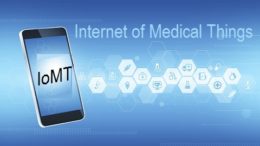The ‘Smart Bandage’ Is Here. Is Your EHR Ready for the Data?
By Ellie Gabel – Even as industry professionals have infused digital functionality into countless medical devices, the bandage has remained virtually unchanged. Thanks to AI and the Internet of Things (IoT), it is finally entering the 21st century. With the smart bandage, physicians can continuously monitor wounds to identify complications early.
Read More






